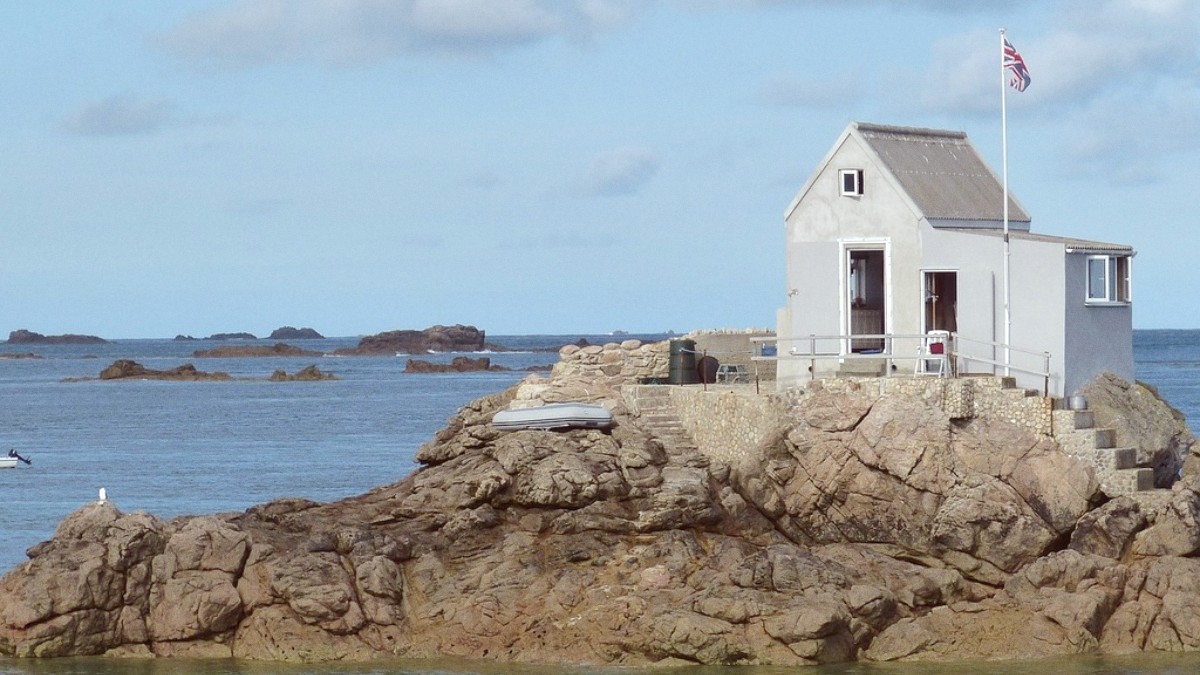
The Channel Islands
The island itself spans about 118.2 square kilometers (45.6 sq mi). Despite its compact size, Jersey presents a diverse geography. The southern and western coasts feature expansive sandy bays, ideal for relaxing or water sports. These contrast sharply with the rugged cliffs defining the northern coastline. Explore hidden coves and dramatic rock formations along these wilder stretches. The interior consists of a gentle, rolling landscape, crisscrossed by narrow country lanes, often lined with dry stone walls and traditional farmhouses. Fertile valleys support agriculture, most notably the famed Jersey Royal potato.
The island's small size makes it easily navigable. One can travel from one end to the other in under an hour by car.
This compact nature means one experiences diverse landscapes, from busy town centers to tranquil rural lanes and wild coastlines, all within a short distance. This geographic accessibility heightens the visitor experience, enabling varied activities within a single day.
Jersey's story connects deeply with both England and France. It remains a Crown Dependency of the British Crown, not a part of the United Kingdom. This unique status grants Jersey its own independent legal and financial systems, a legacy of its long and complex history.
Historically, Jersey formed part of the Duchy of Normandy. When William the Conqueror became King of England in 1066, the Channel Islands retained their allegiance to the English Crown, even as mainland Normandy eventually returned to French control. This separation from mainland Normandy in 1204 cemented Jersey's distinct identity and its enduring link to England. For centuries, the island acted as a strategic outpost, frequently caught between English and French conflicts.
A turning point in Jersey’s recent history was the German Occupation during World War II, from 1940 to 1945. This period left a profound and lasting impact on the island's culture and infrastructure.
Forced labor constructed extensive fortifications and underground tunnels, many of which remain today as poignant reminders of those five years.
The occupation isolated islanders, brought severe rationing, and caused hardship.
Liberation on May 9, 1945, remains a deeply felt and celebrated event annually. Islanders show pride in their resilience during the occupation.
Its numerous castles and fortifications, like Mont Orgueil and Elizabeth Castle, are testaments to this turbulent past.
After the war, Jersey diversified its economy, moving from agriculture and tourism to a thriving offshore finance industry. This brought prosperity and a modern infrastructure, yet the island seeks to balance economic growth with cultural preservation and environmental protection.
Its unique position as a self-governing Crown Dependency, with its own parliament (the States Assembly) and legal system, charts its own course while maintaining strong ties to the UK.
Jersey's history, therefore, is not merely a collection of past events; it actively influences its present governance, economy, and the identity of its people.
The memory of this period shapes current Jersey identity, adding layers to its unique cultural fabric.
A quick overview of Jersey with these facts, an useful reference as you plan your visit.
Jersey's capital and largest town. It serves as the island's economic and cultural hub.
Approximately 104,272 people call Jersey home (2023 estimate).
English is the main language. Jèrriais, a Norman language, also holds recognition.
The local currency is the Jersey Pound (JEP), pegged at par with the British Pound Sterling (GBP). British Pound Sterling banknotes and coins are widely accepted. Jersey operates as a parliamentary democracy within a Crown Dependency.